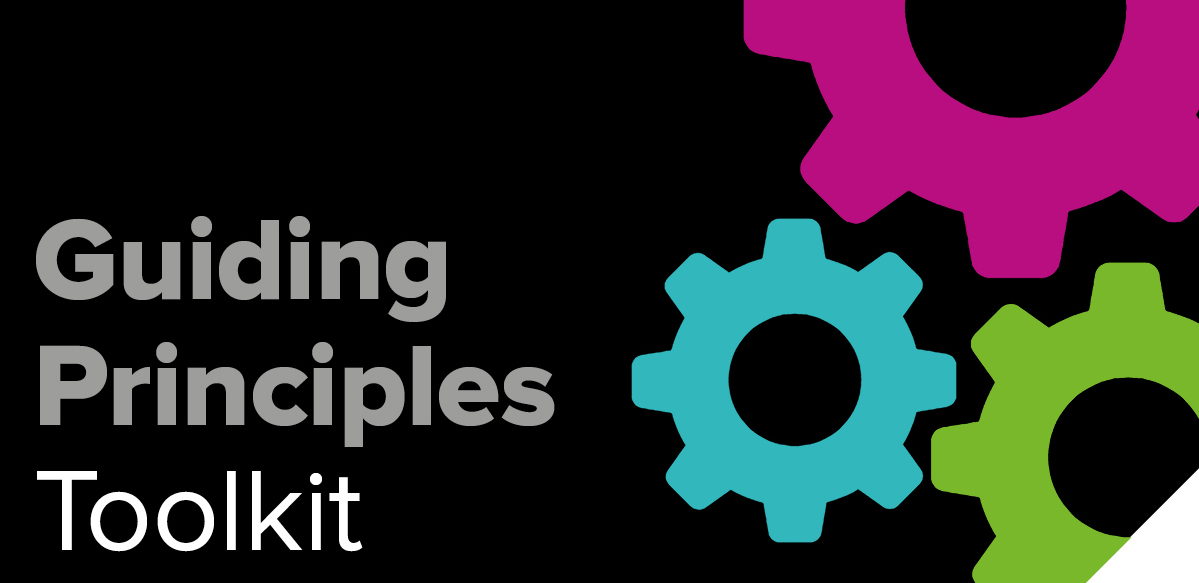Objectives
- To help strengthen relationships amongst the team.
- To provide a way to discuss how to reduce disagreements.
- To help build rapport amongst team members.
Time
30 minutes
Materials Required
None
Instructions
- The activity leader asks team members to think back to recent projects.
- Ask the team to answer the following questions in an open and honest way (you should put them on the flip chart beforehand):
- How do you feel when someone disagrees with you?
- Do they give criticism in a constructive and non-aggressive way that does not make you feel fear or offence?
- How well do you think the team discusses the relationships between team members?
- Do team members treat each other with respect?
- How well do team members get on with one another or is there tension, discrimination?
Debrief
- The activity leader should facilitate a discussion on the value of civilised disagreements within teams. Ideally the activity leader should be the first to give their opinion on disagreements within the team – this will set the tone of the activity.
- What can the team do to ensure that disagreements are minimised within the team?




You must be logged in to post a comment.